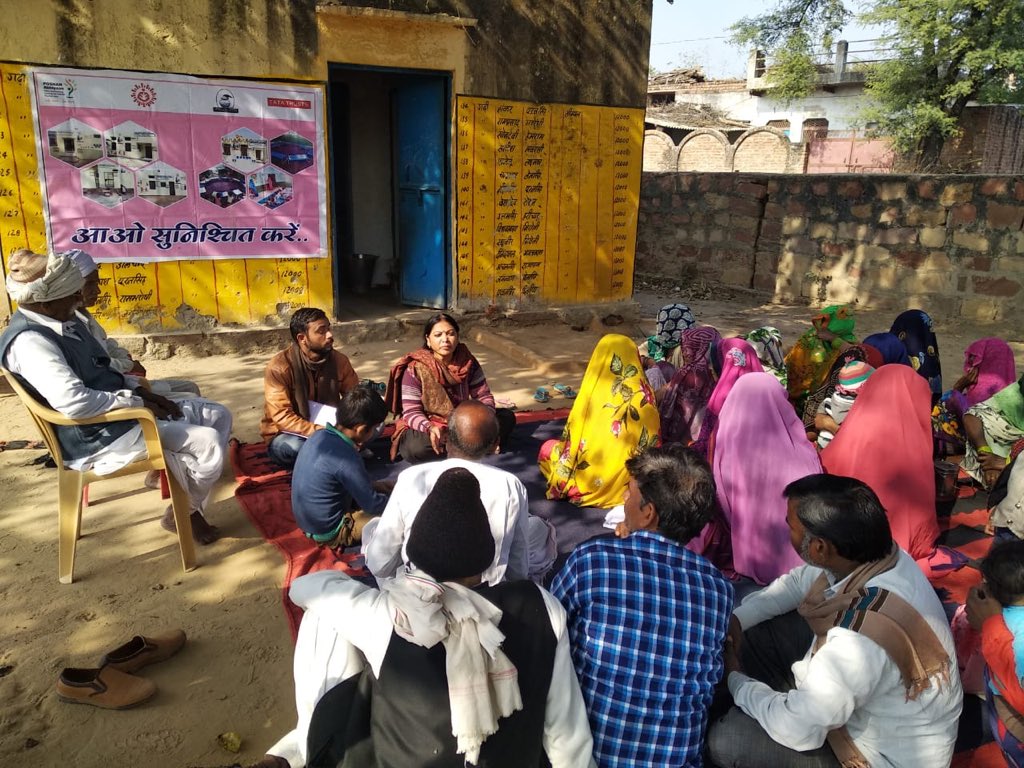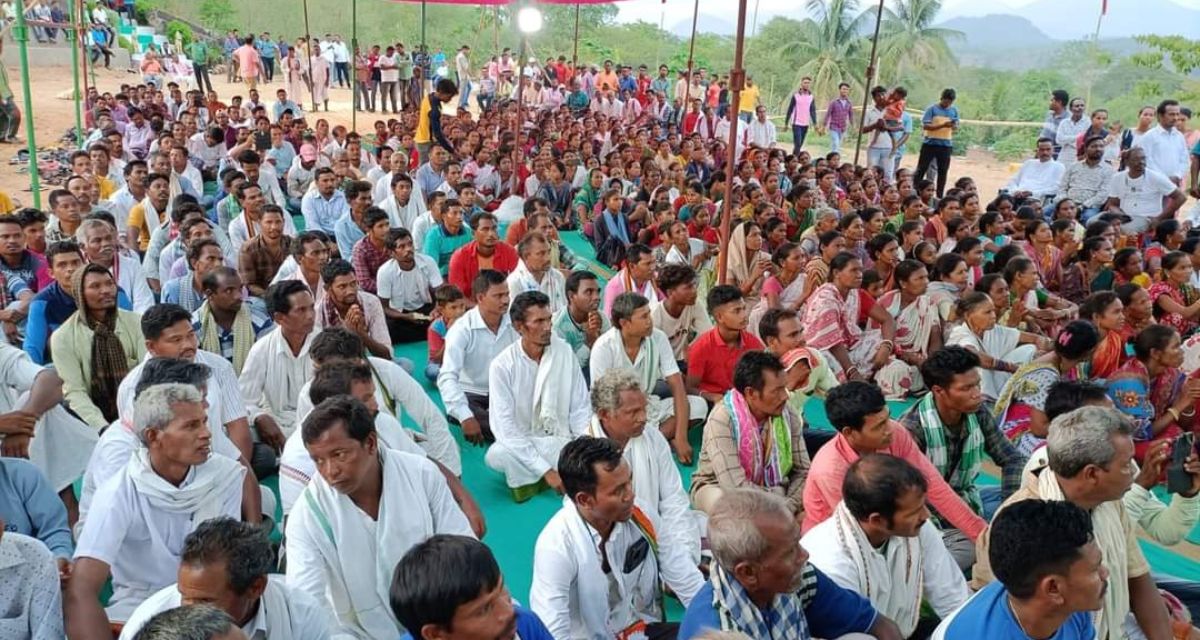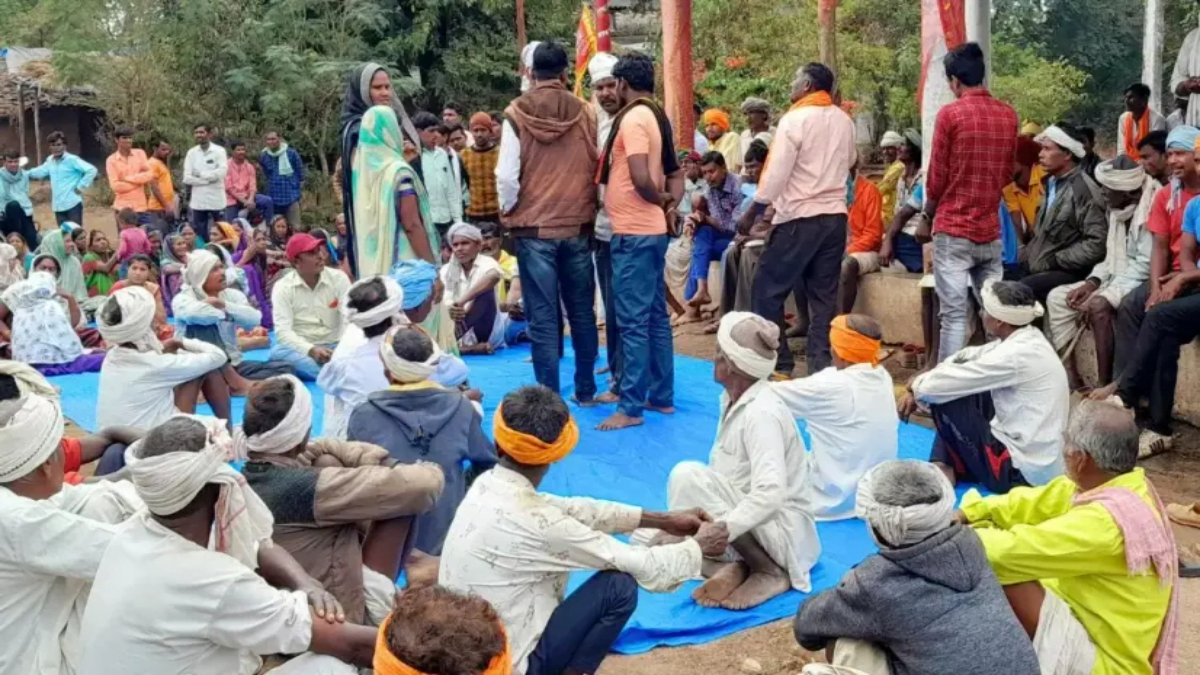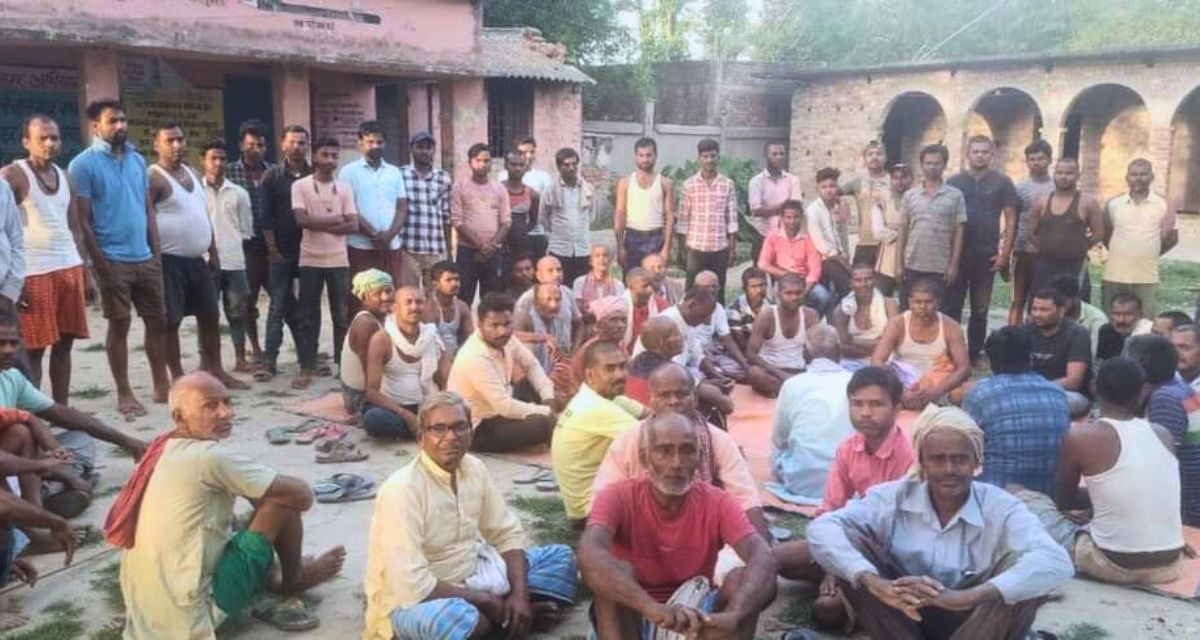As the 2024 general elections in India come closer, all political parties are sharing their plans for the nation. The ruling party is projecting Prime Minister Narendra Modi as a leader who delivers on the promises. However, this positive message seems to be rhetoric when we look at the gap between political campaigns and the ground realities.
Recently, Lalit Beniwal, a Gram Vikas Adhikari (VDO) in Chiplata Gram Panchayat of Thanagazi district, Rajasthan died by suicide due to the pressure of corruption and political interference that prevented him from working honestly.
Recently, Lalit Beniwal, a Gram Vikas Adhikari (VDO) in Chiplata Gram Panchayat of Thanagazi district, Rajasthan died by suicide due to the pressure of corruption and political interference that prevented him from working honestly.
Lalit came from a poor Dalit family. He had a B.Tech degree from IIT Kanpur and had appeared for the UPSC Civil Services mains exam twice. While preparing for the exams, he was selected for the VDO post. When he was selected for the position of ‘Gram Vikas Adhikari’, financial stability was one reason to accept the job, but he also shared Gandhi’s vision of rural self-governance. He dreamt of contributing to the development of his village and the nation.
Lalit’s suicide is a grave issue that warrants serious discussion about the rampant corruption in the government systema and the challenges faced by change-makers working at the grassroots level with zeal to find the possible solutions.
In his suicide note, Lalit wrote that the Sarpanch and a contractor had asked him for OTPs for unauthorised works and made payments for disputed constructions. The VDO, earlier known as Gram Sevak/Paden Sachiv in Rajasthan, faces many such problems.
While the government talks about empowering marginalised groups, women and youth through various schemes, the sad story of Lalit is a powerful example of hurdles faced by local grassroots workers. This also shows the urgent need to truly empower our local village councils. This article will explore these issues in detail.
Who are Gram Vikas Adhikari?
The Directive Principles of our Constitution mention the establishment of decentralised administrative units. This was the basis of Gandhiji’s concept of Gram Swaraj. Following the recommendations of the Balwant Rai Mehta Committee, a three-tier system of administration was implemented in many states. Rajasthan played a pioneering role in this. On October 2, 1959, the then Prime Minister Pandit Jawaharlal Nehru inaugurated the Panchayati Raj system in Nagaur, Rajasthan. Under this system, a Zilla Parishad was formed at the district level, a Panchayat Samiti at the block level, and a Gram Panchayat at the village level, consisting of two to five villages. The head of the Gram Panchayat is elected and is commonly called Sarpanch or Mukhiya. In most states, the candidate for the Sarpanch post must have studied only up to the 8th standard.
To record the work of the Gram Panchayats and keep track of expenses, the post of ‘Gram Sevak’ was created.
To record the work of the Gram Panchayats and keep track of expenses, the post of ‘Gram Sevak’ was created. The Gram Sevak was also to act as the Secretary of the Sarpanch.
Over time, the Gram Panchayat evolved as an ‘institution” and its responsibilities increased. Gradually, it became the sole agency responsible for overseeing administrative and all development sector work in the village.
In the post-internet and computer era, most of the Panchayat’s work began to be operated with modern technology. However, there was no effort to change the organisational structure of the Panchayati Raj system to meet the needs of the time. As a result, serious irregularities began to occur in the functioning of the institutions.
What challenges do these “change makers” face?
As the scope of work of Gram Panchayats increased, so did the responsibility and accountability of Gram Sevaks. In 2021, the Rajasthan government renamed this post as Gram Vikas Adhikari. However, neither the powers of the Gram Panchayat nor those of the Gram Vikas Adhikari increased in proportion to these responsibilities.
The Gram Vikas Adhikari is a “subordinate” employee of the Sarpanch. The Sarpanch has the final authority in the decision-making process. However, both the Sarpanch and the Gram Vikas Adhikari have to sign every decision. It becomes extremely difficult to refuse to sign due to the “subordinate” position and political pressure, even if one disagrees with a decision. However, when a decision is declared illegal, the Sarpanch and the Gram Vikas Adhikari are held equally responsible. This can be seen as similar to holding a private secretary equally responsible for the decisions of a minister.
Another major factor that hinders the independent functioning of these officials is the limited powers of the Gram Panchayat.
Another major factor that hinders the independent functioning of these officials is the limited powers of the Gram Panchayat. The powers granted to this institution by law are ridiculous compared to the scope of work of the Gram Panchayats. Gram Panchayats always face a shortage of budget. Despite the numerous speeches, vision documents, and assurances of leaders, Gram Panchayats still have to depend on the state and central governments for funds instead of a regular flow of funds.
Panchayats mostly work with small vendors who cannot afford to wait for the long approval process for payments. For example, a labourer may be employed for 25 days to paint a public building, but the Gram Panchayat can only pay him the agreed amount of Rs 20,000 after the work completion certificate is issued. Waiting for such a long time is extremely difficult for small vendors, hence, they avoid working for Gram Panchayats. This further makes the situation complex and tough for panchayats to work with.
Physical constraints faced by Gram Panchayats
In addition to financial constraints, Gram Panchayats also lack physical power. Mukesh kumar, a VDO in Rajasthan, when asked about this issue stated that influential people in villages often illegally occupy government land. In such cases, Gram Panchayats have to seek police assistance to remove the encroachment for any government work. However, the process is extremely complicated. The Gram Panchayat has to submit an application to its Panchayat Samiti in this regard. The Block Development Officer of the concerned Panchayat Samiti forwards this application to the concerned Tehsildar. From there, it goes to the Block level Police officer, who can then order the SHO of the police station concerned with the Gram Panchayat. This complicated process emboldens the powerful encroachers.
Technological challenges faced by Gram Panchayats
The government has made all Panchayat work digital, with the intention of bringing transparency. However, due to the lack of proper implementation of these positive decisions, they become a source of trouble. Instead of having an integrated platform for the implementation of schemes, the government has introduced a plethora of websites and mobile apps. Most of these are so complicated that it is difficult for Sarpanchs and Gram Vikas Adhikari with basic technical knowledge to navigate. These websites are also inefficient and their server goes down quite often.
According to the Government of India, by 2022, the old methods of payment for 1.83 lakh Gram Panchayats were to be discontinued and payment through the e-GramSwaraj portal was to be made mandatory. However, due to lack of proper training, they are still unable to use the portal. The extremely complicated and inefficient functionality and process has also made them easy and vulnerable targets to their higher officials.
Similar problems are being faced in the implementation of the Swamitva Yojana. Under this scheme, a survey of about 6.62 lakh villages across the country will be conducted from 2021 to 2025, using various technologies including drones to collect data on land ownership. However, the truth is that not only are the rules and regulations of this scheme not yet clear, but the officials are also unaware of the technical and other problems that may arise.
A memorandum submitted to the Chief Secretary by the Gram Vikas Adhikari Sangh Rajasthan states that ‘due to lack of complete knowledge about the implementation of the Swamitva Yojana, no satisfactory answer is available when any information is sought. No solution to the above practical problems is being provided by the higher officials nor any proper written guidance is being given as per the rules. Instead, unnecessary pressure is being created by threatening to issue notices and charge sheets for acting against the rules, which is creating a lot of anger, resentment and fear among all the Gram Vikas Adhikari.‘
These are just a few examples of the obstacles that Gram Panchayats face in achieving the goal of Gram Swaraj. The need of the hour is to conduct a detailed survey of these and find appropriate solutions, and ensure that the Panchayati Raj Department does not become an institution that makes life difficult for young individuals like Lalit who have high ideals and aspirations for positive change.
About the author(s)
Rahul is a PhD candidate at the Department of Humanities and Social Sciences, MNIT Jaipur. His research focuses on democratic decentralization, local governance, and political-administrative dichotomies. He is also interested in contemporary Indian socio-political thought and alternate histories, particularly those highlighting social and spatial marginality. Rahul holds a master's degree from the Faculty of Social Sciences at South Asian University. He has a deep passion for Hindi literature and enjoys discussing it at length.










